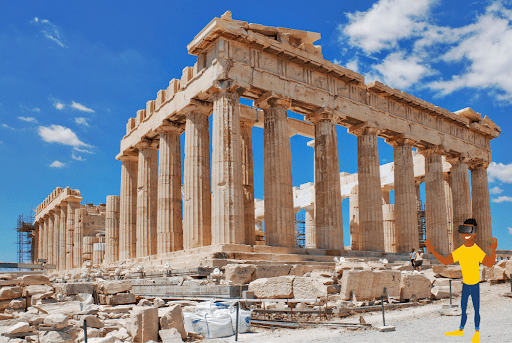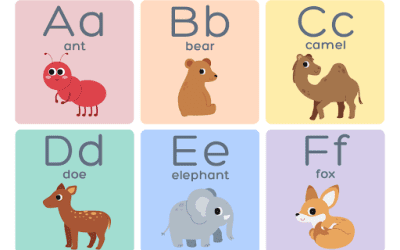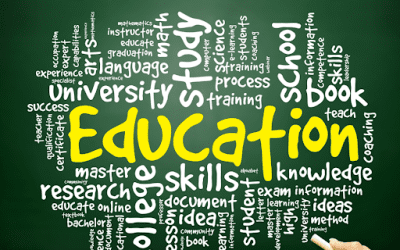How Publishers and Providers Can Use Technology to Develop High-Quality History Lessons
We all know that history hasn’t always been a popular subject with students. Many students were put off by dry textbooks and boring lectures. But today’s publishers and providers are able to use technology to help students truly engage with history lessons. From virtual reality field trips to interactive lessons, publishers have many options. There are countless ways that technology can be used to create an engaging and effective history curriculum.
Primary Sources
Publishers can incorporate digitized original documents and artifacts from a particular time period. Therefore, students get a firsthand look at what life was like during that time. Instead of reading tedious retellings, they can read diaries and newspaper stories from the relevant time period. Thus, students can analyze and examine important documents themselves.
One tool that can be particularly useful for this is the Internet Archive, which is a digital library of Internet sites and other cultural artifacts in digital form. History lessons can easily be designed around this vast collection of primary sources. So providers can include newspapers, photographs, and even audio recordings of historical figures in their curriculum design.
Virtual Reality Field Trips
One exciting way to use technology in history lessons is through virtual reality, or VR, experiences. With VR-based lessons and activities, publishers can help teachers take their students on virtual field trips to historic sites and landmarks. Consequently, students will get the opportunity to explore and learn about these places in a whole new way. For example, students can visit ancient civilizations like Egypt or Greece. They can also visit important landmarks like the White House or the Great Wall of China. So providers can give them a firsthand look at these iconic structures.
In addition to virtual field trips, teachers can also use technology to create interactive lessons that help students learn about different historical events and figures. For example, they can use interactive maps to show the spread of civilizations over time.
Digital Projects
Using technology in history lessons shouldn’t be limited to helping students learn new information. Students can synthesize the information they’ve learned through many different kinds of digital projects. For instance, students can generate interactive timelines covering material that they need and/or want to learn. Interactive timelines allow students to create graphic representations of events, inputting the information that’s most important to them. Another option would be for publishers to allow students to create mock social media pages or blog posts from historical figures. Students could even create status updates that reflect how that figure might think about the goings-on of their times (or of ours!).
If providers would like to extend the projects, they could have students make their own historical documentaries. History lessons can come alive as students gather research, text, narration, images, videos, and audio pieces to tell stories that are important to them. Students are then active participants in their own learning.
Conclusion
Technology has revolutionized the way we approach education. It has made it possible for publishers and providers to bring history lessons to life in the classroom. From virtual reality field trips to interactive lessons, there are countless ways that technology can be used to create engaging and effective history lessons.




